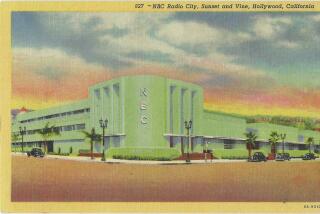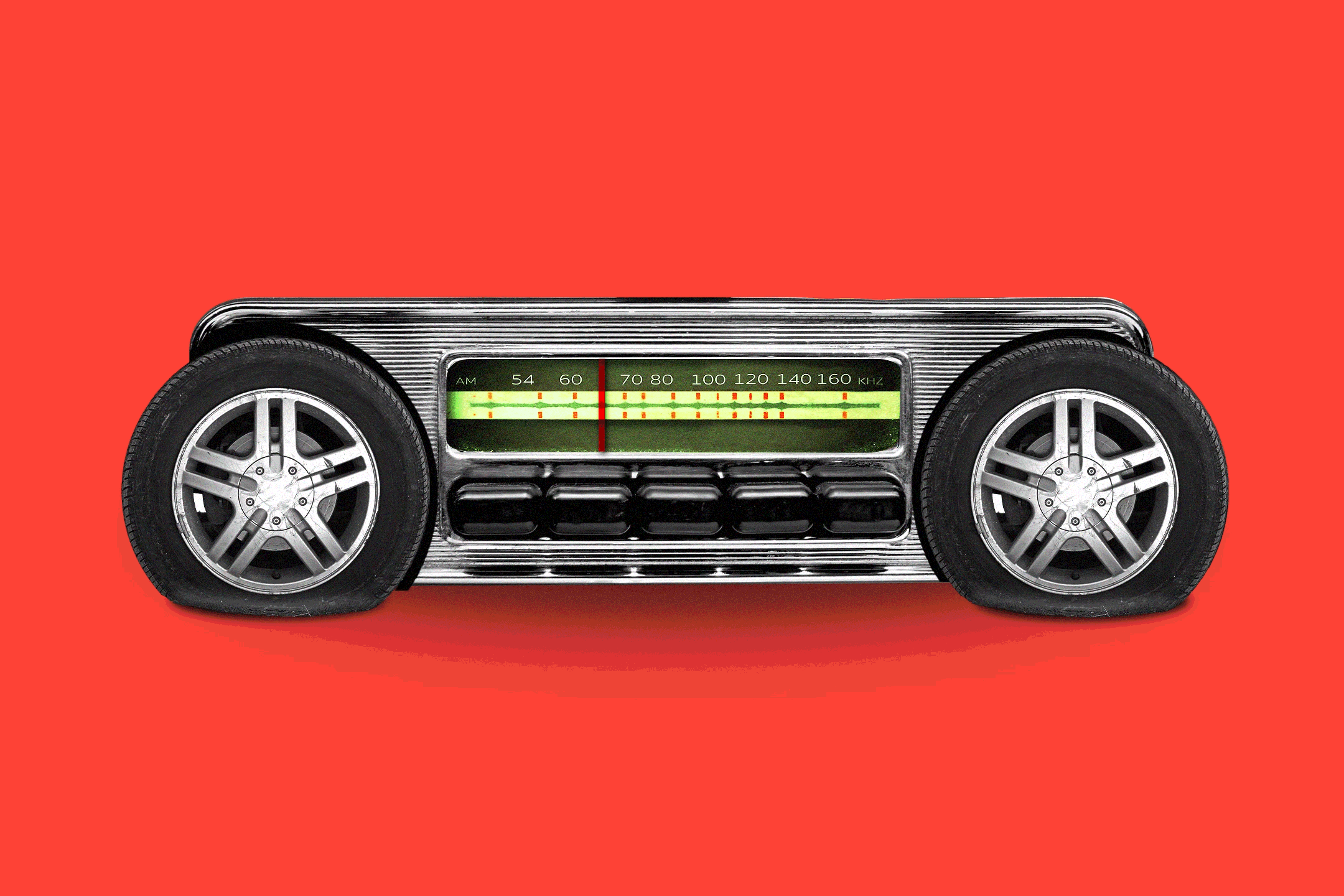Radio Buffs Tune to Good Old...
SCHENECTADY, N.Y. — The members of the Antique Radio Club aren’t very impressed with a fancy computer during “Show and Tell,” even if the palm-sized gadget does decipher Morse code at the speed of light.
But when someone starts passing around a set of stained, yellowed photographs from 1915 depicting one of Schenectady’s first amateur radio stations, a buzz of animated conversation fills the cramped basement where they are meeting.
This is, after all, something the 15 radio buffs, most considerably advanced in age, can understand. Tenderly thumbing the pictures, Carmin Baker wrinkles his brow and smiles.
“Back then, it was kind of a prestige thing to know, hey, the guy next door is a radio ham,” Baker said. “We used to try to hang around him because we were interested in that kind of stuff.”
The other silver-haired radio aficionados nod their heads. They’ve obviously come here to “get together with the other guys and see what they got and talk,” as one member said.
The Schenectady club, affiliated with the Rochester-based Antique Wireless Assn., is one of about 30 scattered around the world, according to Bruce Kelley, curator of the association’s museum. All together, there are about 10,000 antique or historical radio collectors, mostly in New York state, and of those 300 are licensed by the Federal Communications Commission to transmit on the rare radios, Kelley said.
However, there is something about the Schenectady organization that suggests that it is kind of special.
“I built Langmuir’s personal hi-fi set for him,” said Robert Thayer, 73, referring to the Nobel Prize-winning chemist Irving Langmuir. “I put round knobs on the thing and he went crazy. He couldn’t have a round knob. He wanted a pointer on there and he wanted to know where every one of the things was set. He didn’t care how loud it was, but he wanted to know where that pointer was!”
The memories come rushing back to these proud veterans of an era half a century ago when Schenectady, then home to the General Electric and American Locomotive companies, unabashedly called itself “the city that hauls and lights the world.”
They talk excitedly about an “intellectualism” that once permeated the “Electric City,” located on the banks of the Mohawk River 15 miles northwest of Albany. Thomas Alva Edison started it all when he established his machine works in 1886, they said. Six years later, the two nondescript brick buildings would become GE.
Besides jobs and prosperity, GE infused a much-needed dose of self-respect into a town that had too often been the butt of cruel jokes. The thankfully forgotten song, “I Can’t Spell Schenectady,” didn’t seem fair to a thriving metropolis that had a lively downtown, huge department stores and a citizenry that included scientists such as Guglielmo Marconi.
“Schenectady was a nice place to live back in the ‘20s. One of the nicest cities in the country,” boasted club chairman Fay Eckert. “Well, they had the Erie Canal here for one thing, up to a point, anyway, which made it interesting. And it was such a clean city.”
But all this was before GE pulled out of the radio production business after World War II, quickly reducing its work force in Schenectady from a wartime high of 45,000 to 12,000. Many of the folks swapping memories at this reunion were among those thousands laid off.
Twenty years later, the locomotive company folded, giving a coup de grace to what had been a long downward spiral.
“Now, nobody comes to Schenectady any more,” grumbled Francis Emrich, a private radio operator for 42 years.
Baker’s insistent voice rises above the din: “When I was a young man, everybody got out of college, went down to GE and got a job in the testing department.”
That’s why he, like most of the others, started working for GE in 1940, earning 35 cents an hour on an assembly line.
This was a time when Schenectady breathed, ate and drank radio technology, Emrich recalled. The city’s skyline bristled with the antennas of “ham” radio operators. As a matter of fact, Emrich said, GE used to give away tubes and other paraphernalia to hams, until unscrupulous individuals began to steal the stuff.
Emrich is a purist, which means that he won’t use anything but genuine parts in his antique radio transmitters. So, many times, he’s had to search in some pretty odd places for spare parts.
It seems natural to these people that New York’s first regularly licensed radio station, WGY, which first broadcast in February, 1922, was started by GE in Schenectady. Television, also largely developed by GE, soon followed in 1939. If necessity was the mother of invention, then GE was the doctor that performed the delivery.
The old radios the members avidly collect and lovingly restore are becoming scarce, such as the 1924 Westinghouse Nelson keeps in his cluttered cellar. Or the 1930s Atwater Kent that a beaming Ed Farrell showed off in the back of his van at the club’s flea market before the meeting.
“The thing is, when we were kids, a kid that was just mildly interested in radio could take a crystal and a pair of earphones and some wire and make it work,” said Thayer, his fingers wrapped around an odd-looking 1936 GE metal tube that he uses as a gavel.
“Now, everything is so terrifically complicated that a kid has to be terrifically interested to get into it. He can’t just start with a simple thing and work up.”
More to Read
Sign up for The Wild
We’ll help you find the best places to hike, bike and run, as well as the perfect silent spots for meditation and yoga.
You may occasionally receive promotional content from the Los Angeles Times.






